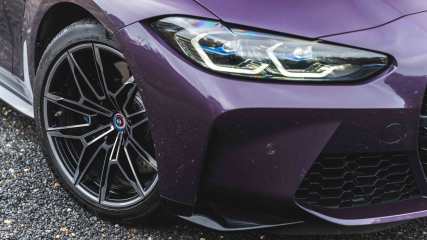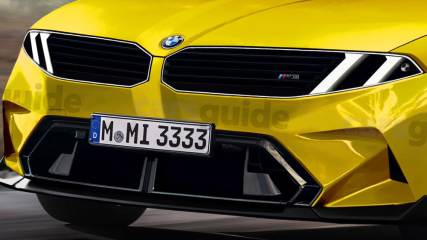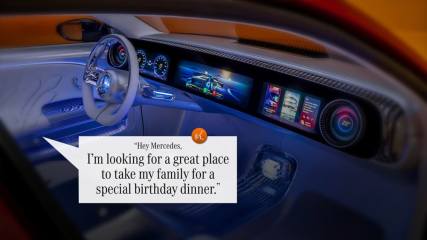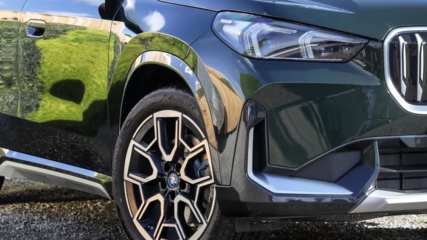What is Australia's favourite premium brand? How the BMW X1, Audi Q3 and Mercedes-Benz GLA helped the German giants in 2024
By Tim Nicholson · 17 Jan 2025
If you’ve seen a lot of BMWs on the road lately, there is a reason for it.The Bavarian giant is officially Australia’s favourite premium automotive brand.According to 2024 sales figures, BMW capped the year with 26,341 sales. That represents a modest 0.6 per cent bump over its 2023 results, or in actual figures, BMW sold 157 more cars last year than the year before.For years BMW was the number two marque in Australia behind archrival Mercedes-Benz. But that shifted a few years ago and now BMW is the dominant force in the premium segment.Mercedes splits its sales between two business units — Mercedes-Benz Cars and Mercedes-Benz Vans. Given none of its premium rivals offer commercial vans or utes, we will focus on cars.BMW was the 14th best-selling brand overall in 2024, wedged between Volkswagen in 13th and Suzuki in 15th.But how did it do so well last year? A couple of factors — SUVs and EVs.Sixty two per cent of BMW sales were for its ‘X’ SUV range. And the leader of that pack was the X1 small SUV with 4536 sales. Despite these solid numbers, it was beaten by the Audi Q3 for sales in the small SUV segment.The X3 was BMW’s next best seller, capturing high sales in runout ahead of the new-gen model arriving, and X5 was third best, while the X7 and 7 Series saloon had their best sales results ever.BMW’s EV sales were also a strong point, with just under 30 per cent of its total sales coming from electric cars. The iX1, i4, iX2 and iX3 made up the bulk of deliveries.Mercedes-Benz recorded 19,989 units in 2024, which was down by 17.8 per cent compared with 2023. Despite having a broader model range, the Stuttgart-based manufacturer saw double-digit sales declines for some of its most popular models including the C-Class (-26%), CLA (-32.7%), A-Class (-16.5%), GLC (-19.3%) and GLE (-41.4%).Benz fared better with some of its EV range, with the EQE medium SUV up by more than 200 per cent to 759 sales and the EQS large SUV also in positive territory (+126.7%). The GLA small SUV was the brand’s best seller, recording 3103 sales, up a healthy 65 per cent year on year.Coming third in the premium car sales race was Audi with 15,333, which represented a 19.5 per cent drop on its 2023 result.The decline can in part be put down to the delayed launch of the Q4 e-tron electric SUV, which now arrives in February, as well as some ageing model lines like the A4 and Q5 mid sizers. Both will be replaced in 2025 with new-gen models.The end of sales for the A1 hatch and TT sports car have also likely had an impact.Like Mercedes, Audi’s sales were a mixed bag. The Q3 was the brand’s star performer, capturing 5497 sales (+23.3%) to top the premium small SUV segment.The only other Audi model in positive sales territory was, interestingly, the A6 (+12%). Large sedans aren’t super popular these days so it’s a great result for a solid offering.On the flipside, the Q7 and A3 went backwards, but the SUV is about to get a big refresh in February, and the A3 has just been updated, too, so they should pick up in 2025.Aside from BMW, Porsche was the only premium brand to achieve sales growth in 2024, with 7029 units up 16.1 per cent. Every model line except the Panamera (-5.7%) and Taycan (-47.3%) saw double or triple-digit growth.Other premium contenders Lexus (13,642, -10.2%), Genesis (1400, -26.9%) and Volvo (8898, -20%) all had sales drops in 2024.
.jpg)




.jpg)
.jpg)


